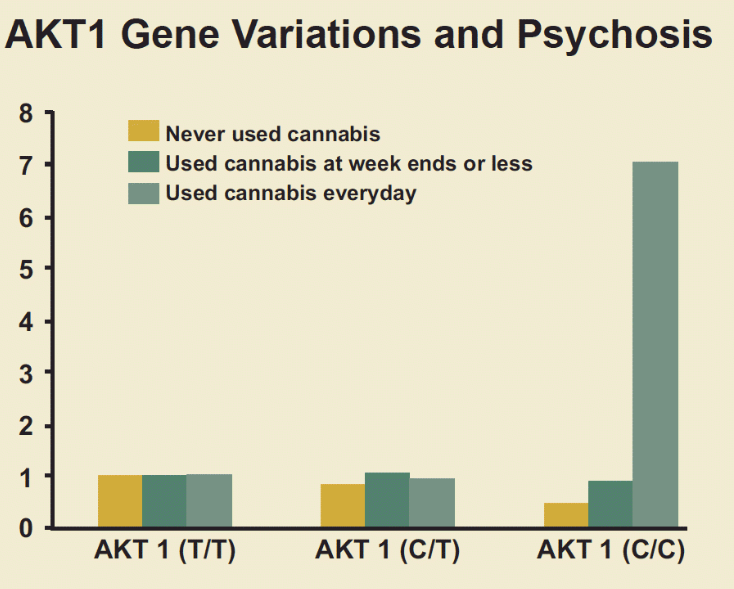What You Didn't Know
New Studies Link Marijuana & Psychiatric Disorders
Marijuana Explained
The word “marijuana” refers to parts of or products from the plant Cannabis sativa that contain substantial amounts of tetrahydrocannabinol (THC). THC is the substance that's primarily responsible for the effects of marijuana on a person's mental state. Some cannabis plants contain very little THC. - National Center for Complimentary and Integrative Health.
CBD. This is a psychoactive cannabinoid, yet it’s non-intoxicating and non-euphoric, meaning it won’t get you “high.” It’s often used to help reduce inflammation and pain. It may also ease nausea, migraine, seizures, and anxiety. (Epidiolex is the first and only prescription medication to contain CBD and be approved by the Food and Drug Administration, or FDA. This medication is used to treat certain kinds of epilepsy.) Researchers are still trying to fully understand the effectiveness of CBD’s medical use.
THC. This is the main psychoactive compound in cannabis. THC is responsible for the “high” that most people associate with cannabis.
Ways of Using it Include:
smoking or vaping it.
brewing it as a tea
consuming it in the form of edibles, such as brownies or candies
eating it raw
applying it as a topical treatment
taking it as capsules or supplements
Adverse Consequences of Marijuana Use
Acute (present during intoxication)
Impaired short-term memory
Impaired attention, judgment, and other cognitive functions
Impaired coordination and balance
Increased heart rate
Anxiety, paranoia
Psychosis
Persistent (lasting longer than intoxication, but may not be permanent)
Impaired learning and coordination
Sleep problems
Long-term (cumulative effects of repeated use)
Potential for marijuana addiction
Impairments in learning and memory with potential loss of IQ*
Increased risk of chronic cough, bronchitis
Increased risk of other drug and alcohol use disorders
Increased risk of schizophrenia in people with genetic vulnerability**
The Link Between Marijuana Use and Psychiatric Disorders
Several studies have linked marijuana use to increased risk for psychiatric disorders, including psychosis (schizophrenia), depression, anxiety, and substance use disorders, but whether and to what extent it actually causes these conditions is not always easy to determine. Recent research suggests that smoking high-potency marijuana every day could increase the chances of developing psychosis by nearly five times compared to people who have never used marijuana.
Research using longitudinal data from the National Epidemiological Survey on Alcohol and Related Conditions examined associations between marijuana use, mood and anxiety disorders, and substance use disorders. After adjusting for various confounding factors, no association between marijuana use and mood and anxiety disorders was found. The only significant associations were increased risk of alcohol use disorders, nicotine dependence, marijuana use disorder, and other drug use disorders.
More recent studies found an increased risk of psychosis among adults who had used marijuana in adolescence and also carried a specific variant of the gene for catechol-O-methyltransferase (COMT), an enzyme that degrades neurotransmitters such as dopamine and norepinephrine. Marijuana use has also been shown to worsen the course of illness in patients who already have schizophrenia. As mentioned previously, marijuana can produce an acute psychotic reaction in non-schizophrenic people who use marijuana, especially at high doses, although this fades as the drug wears off.
-The National Institute on Drug Abuse



